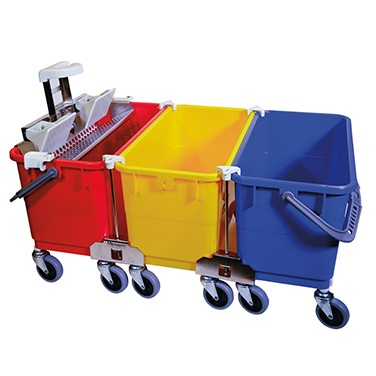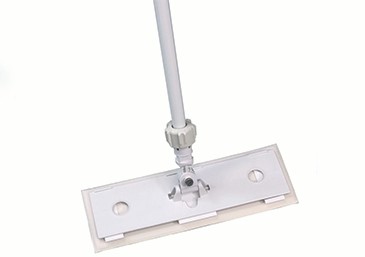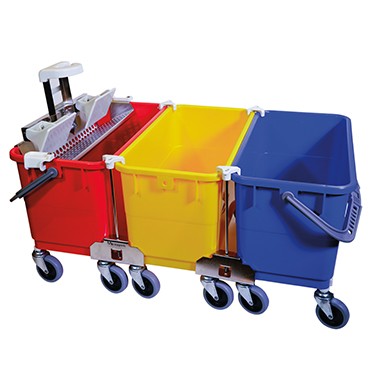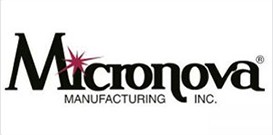Ergonomics Foster Effective Cleaning
Although controlled environments are continually evolving in scope, they may be smaller or more modular in scale. Maintaining clean spaces in a safe and ergonomic manner — along with effective cleaning and sanitization — is key.
When making changes, consider integrated systems that address technician needs, safety, quality, and other concerns. Identify ergonomic issues, like the weight of the mop head at the end of a long lever, the required reach, the ability to hold equipment in ergonomically desirable stances, and control of excess liquid to avoid potential slip and fall hazards.
A collaborative review with technicians and quality team members can help you identify the best overall system. Some issues may be best addressed with training while others may require new equipment or refinements to standard operating procedures. In some situations, you may need a combination of all three approaches.
Training
Standardized training, with specific do’s and don’ts for the use of equipment and the cleaning process, makes staff improvisation or equipment adaptation less likely. Demonstrations of body balance and cleaning positions that reduce repetitive awkward postures, stretching, leaning, or twisting to reach high ceilings or below equipment are as important as specific cleaning routines. Training will also increase staff confidence in best practices and promote consistency in cleaning and disinfection.

Figure 1 – Micronova BucketBinder Multi Bucket System with MegaWringer Flat Head Mop Wringer.

Figure 2 – Micronova NovaSnap Mop on plastic SlimLine Mop Adapter with 360 swivel and plastic handle.
Tools and Equipment
When the process review uncovers equipment limitations that cannot be overcome by training, evaluate the cleaning tools. Mop heads and handles are one possible focus.
- Keep multiple handles on hand to accommodate all people regardless of height
- Choose lightweight and sturdy extendable handles that properly support wet mop heads
- Minimize the need for step stools to provide the best access
Ergonomic experts recommend adjusting mop handle length to the height of the forehead to guard against unnecessary bending when mopping floors. In contrast, workers wearing small hoods, isolators, or RABS may require smaller or more modular handles that still allow optimum reach.
Mop head shape, size, and weight can also influence cleaning efficiency and ease, and the mop material or fabric is another factor that is often overlooked. Does the fabric need to move smoothly over textured non-slip floors or minimize grab on a high ceiling? Is extra absorbance needed to prevent slipping or disinfectant buildup in wet areas? Compatibility with disinfectants is equally important, along with the ability to evenly disperse the agent.
Accessories
In addition to basic cleaning materials, mops, wipes, handles, and specialty tools, the right carts, wringers, and other accessories can also be critical. Would a better wringer reduce dripping and the potential for slips? Do you have tools that offer sufficiently easy wringing while allowing for proper disinfectant contact time? Is the current wringer a comfortable height for wringing? Personnel should be able to effectively operate a downward press wringer without bending at the waist.
The Micronova MegaWringer Flat Head Mop Wringer and BucketBinder Multi Bucket Kit with NovaSnap Mops is a complete system that addresses your demands and makes the disinfection process simpler, more ergonomic, and more cost effective. Its unique core system includes a one-step, snap-on mop assembly and buckets without bulky carts and frames. The wringer consistently minimizes residual liquid without the ergonomic challenges of repetitive bending and twisting motions.

Content provided by:





